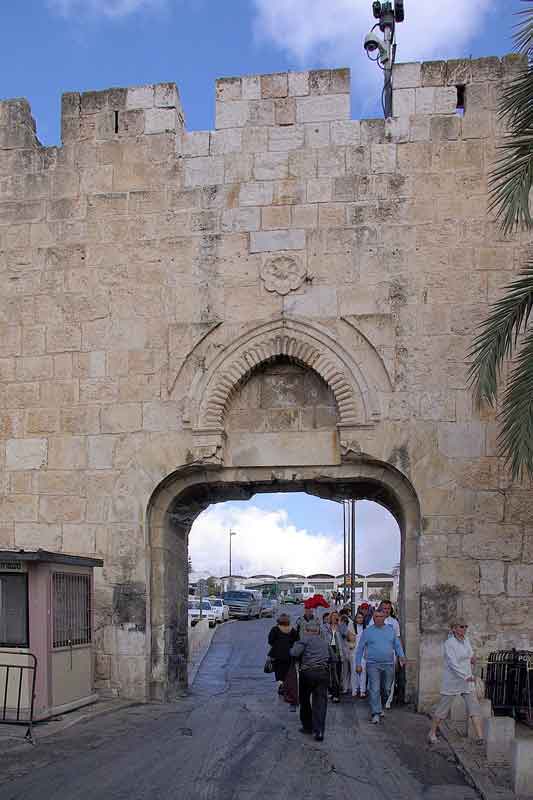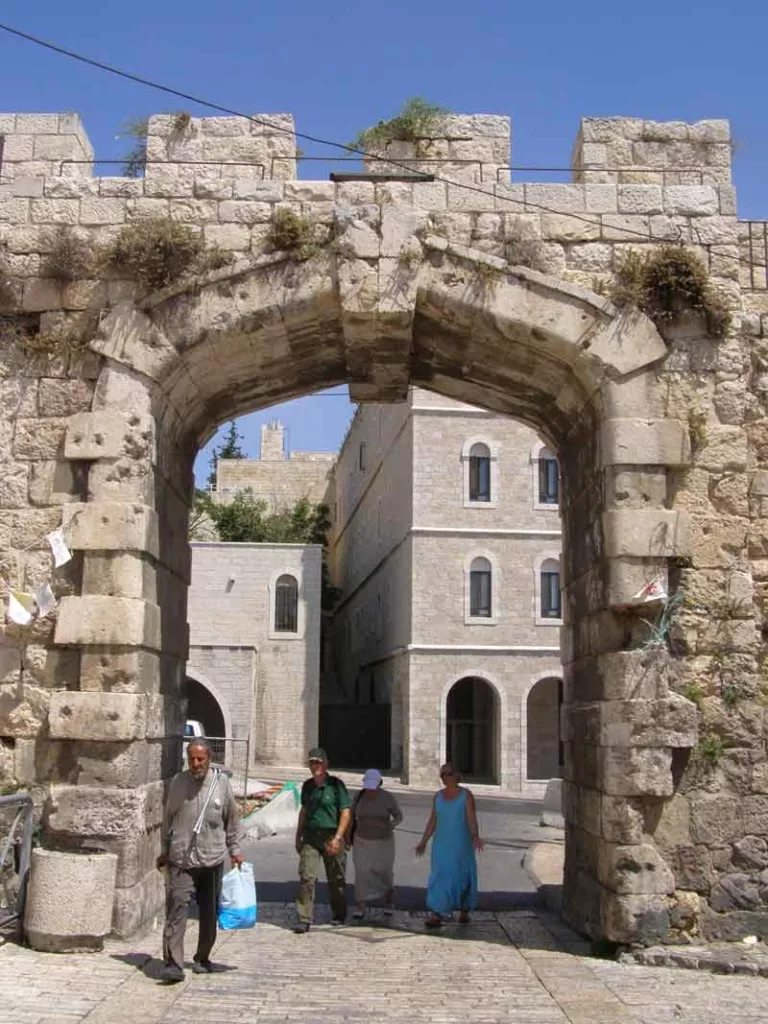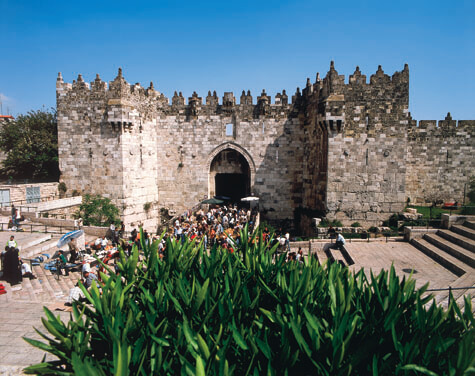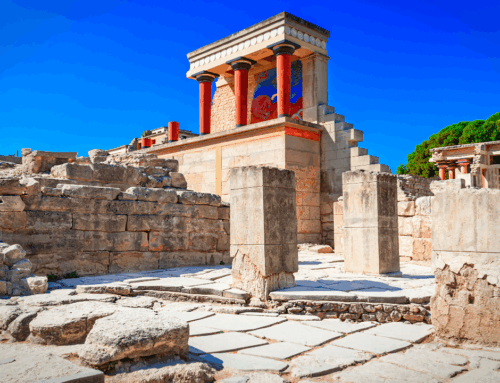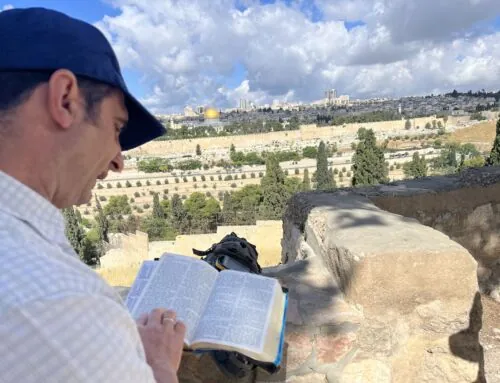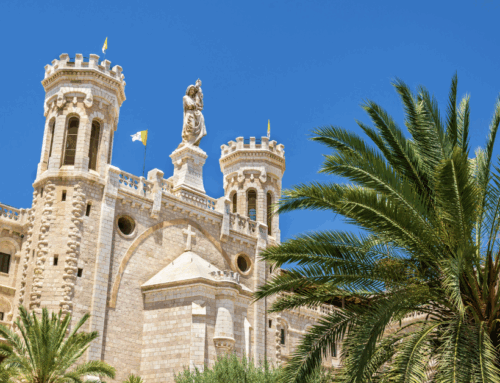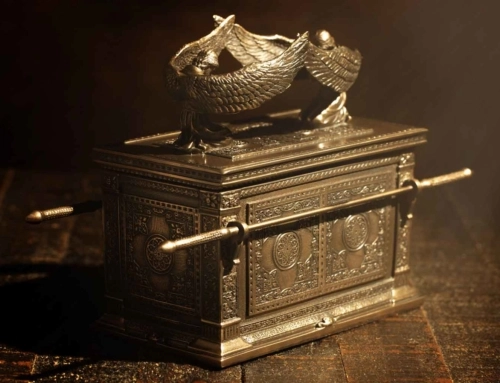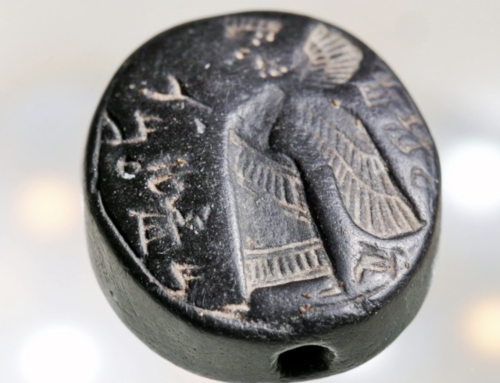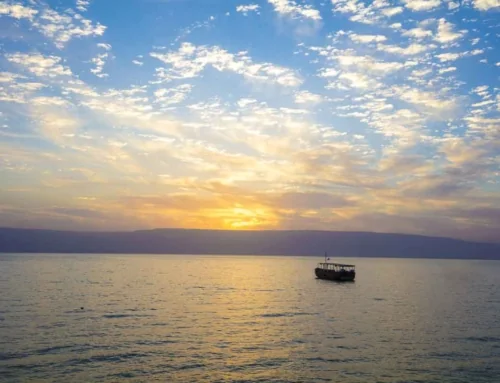Enter his gates with thanksgiving and his courts with praise; give thanks to him and praise his name. Psalm 100:4
A highlight of anyone’s journey to Israel is time in Jerusalem and specifically the Old City. While parts of the Old City have been in existence since well before Jesus’s time, much of that part is under layers of the current “old” city as the city has been conquered and rebuilt multiple times upon the ruins over the centuries. The walls of the Old City you see today weren’t built until 1535 by Suleiman the Magnificent on the remains of previous destroyed city walls.
These walls are the walls you see still today.
The walls of the Old City include eight gates, seven of which are in operation. Each gate has a unique history and identity that lend to the overall story of Jerusalem and the land of Israel.
These Gates of Israel are:
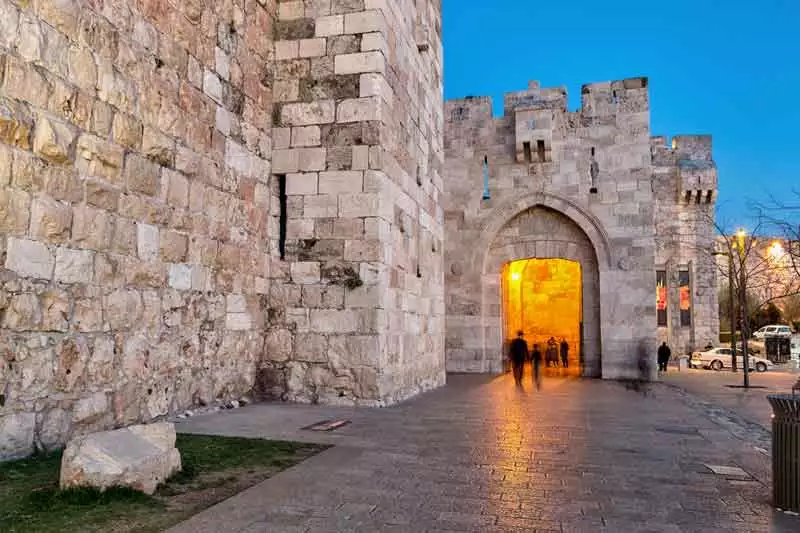
The Jaffa Gate
The Jaffa Gate is an L-shaped gate that opens into the Christian and Armenian quarters of the Old City. The L-shaped entry was a defensive measure that would keep armies from being able to rush the gates immediately. The name Jaffa came because of pilgrims who would come directly from the port at Jaffa to the Old City and enter through that gate. Those leaving to take the good news out to foreign places by boat would have left through this gate.
Inside of this gate is the Tower of David, traditionally known as the tomb of King David. It also is the entrance to one of the most popular areas of the market. In 2000, Pope Paul II entered Jerusalem through its gates as an act of reconciliation. It is the busiest gate of the city.
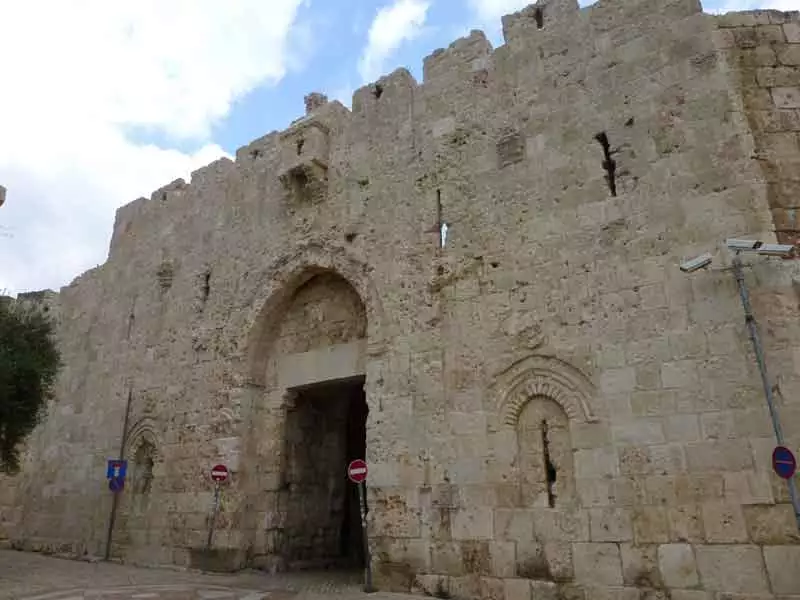
Paul Arps from The Netherlands [CC BY (https://creativecommons.org/licenses/by/2.0)]
The Zion Gate
The Zion Gate serves as entrance into the Armenian Quarter. The gate is still visibly marred from the war in 1967 with bullet holes. It faces Mt. Zion.
The Dung Gate
With no doubt the most surprising name of any of the gates, the Dung Gate has one of the most ancient names of any of the gates. The Old Testament speaks of the gate as being where waste was removed to from the city. The gate leads directly to the Western Wall and the Southern Wall Archeological Park, making it one of the busiest gates of the city. Today’s gate no longer has the same use, so don’t be afraid to use it when entering the city.
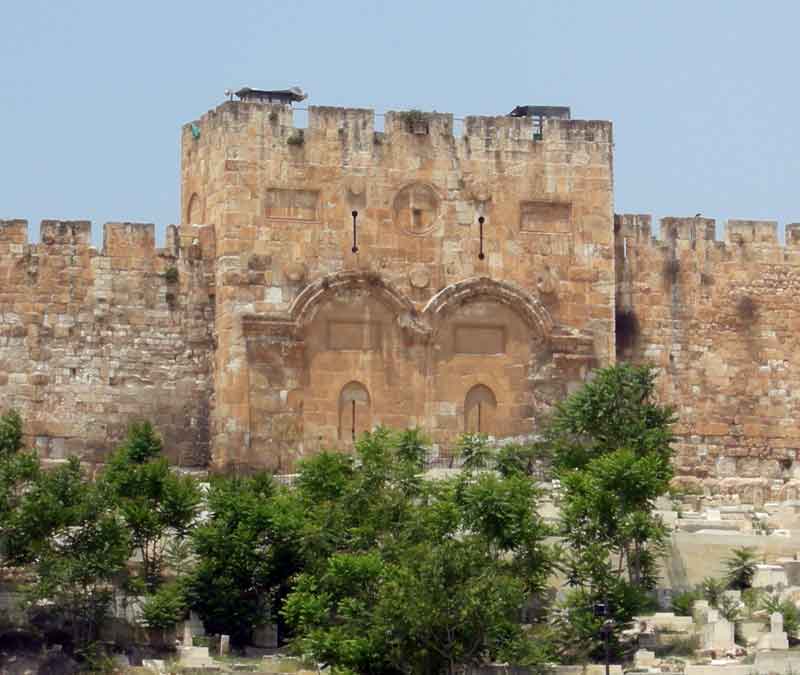
By Wilson44691 – Own work, Public Domain, https://commons.wikimedia.org/w/index.php?curid=6840867
The Golden Gate
The Golden Gate is the most controversial gate for many reasons. The gate is also known the Mercy Gate and the Eastern Gate. It is the one gate that you can not use because it has been sealed for centuries. Many believe it is the gate which Jesus entered the city through on Palm Sunday. The current gate is believed to have been built around 500 AD and sealed and broken open multiple times between 800AD and 1541 AD. It has remained that way since. Muslims at the time sealed it because prophesy states that the Messiah will pass through it. They also put a muslim cemetery outside of it so a Jewish Messiah wouldn’t want to pass over it.
The Lion Gate
The Lion’s Gate leads into the Muslim Quarter and the the only open gate on the Eastern side. The gate is adorned with 4 carved lions. Inside this gate is the pools of Bethesda and St. Anne’s church, known for its amazing acoustics. In 1967, the Israeli Defense Force Paratroopers took back the Temple Mount through this gate.
The New Gate
As its name suggests, the New Gate is the newest gate of the Old City. While other gates were rebuilt around the same time, there was no gate here prior to its being built in the 1540s. It opens into the Christian Quarter and is only adorned with a star of David. It was actually rebuilt at the end of the 19th century and is the newest in every way. It was done so to create unity between Christian organizations outside the walls with the Christian quarter.
The Damascus Gate
One of the main entrances to the Old City, it is located on the northwest side. Its current form was built in 1537. Beneath the gate you can still see remnants however from the 2nd century. It leads into the market place of the Muslim Quarter. It used to be known for leading to the city of Damascus, which is located in present day Syria. Stairs decend to this gate, unlike the Jaffa gate which stairs ascend to.
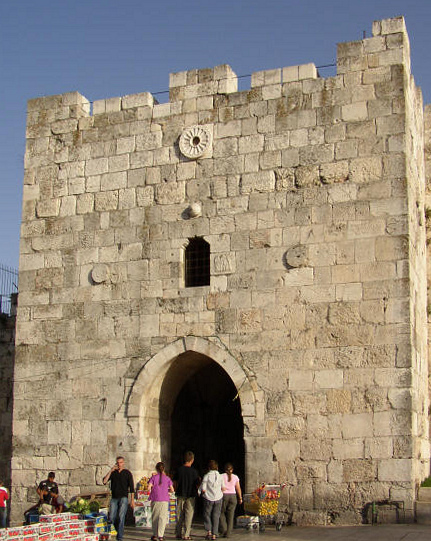
By: Herwig Reidlinger
Herod’s Gate
Also known as “Flower’s Gate”, was built in 1530. It is on the north side and leads to the Muslim Quarter. It is rather plain except for a single flower carving. It was named thinking Herod’s palace was nearby, which is doubted. It tends to be one of the less crowded gates.

